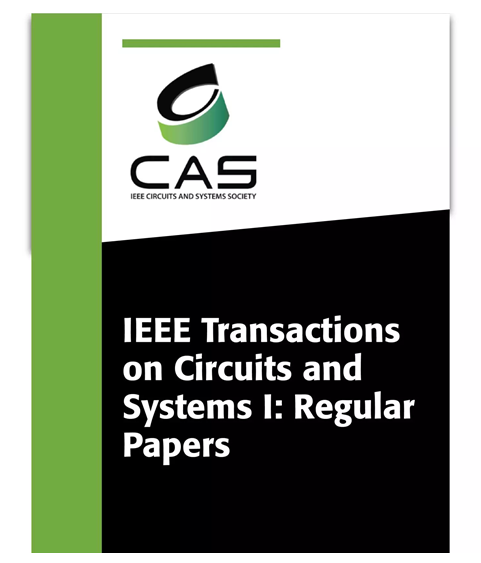Impedance Circuit Model of Voltage Source Converter With DC-Link Voltage Control Dynamics
IF 5.2
1区 工程技术
Q1 ENGINEERING, ELECTRICAL & ELECTRONIC
IEEE Transactions on Circuits and Systems I: Regular Papers
Pub Date : 2025-03-14
DOI:10.1109/TCSI.2025.3548907
引用次数: 0
Abstract
The impedance circuit model maps the control algorithms into the circuit topology of voltage source converters (VSCs). By analyzing discrete circuit elements, the model provides clear physical insight for the oscillation mechanisms triggered by the control dynamics. However, previous studies do not consider the outer-loop control and reactive power. To enhance the generality, this paper integrates the DC-link voltage control (DVC) loop into the impedance circuit model and thoroughly considers the non-unity power factor operating conditions. In this model, DVC dynamics is mapped as two equivalent impedances in the AC circuit, and interaction between the inner and outer loops is visualized by the interconnection of impedances. The analysis indicates that the perturbation of DVC dynamics on grid-connected current introduces the negative resistance effect at low-power levels. Moreover, the effect of reactive power on impedance circuit is mapped as a coupled current source linking the d-axis and q-axis circuits. As the inductive-reactive power increases, self-excited oscillations occur in the coupled source. According to the stability constraints of the coupled sources, a strict design method for the control parameters is proposed. Experimental results verify the effectiveness of the proposed model.具有直流链路电压控制动力学的电压源变换器阻抗电路模型
阻抗电路模型将控制算法映射到电压源变换器(VSCs)的电路拓扑中。通过对离散电路元件的分析,该模型为控制动力学触发的振荡机制提供了清晰的物理认识。然而,以往的研究并没有考虑到外环控制和无功功率。为了提高模型的通用性,本文将直流链路电压控制(DVC)回路集成到阻抗电路模型中,并充分考虑了非单位功率因数工况。在该模型中,将DVC动力学映射为交流电路中的两个等效阻抗,并通过阻抗的互连来可视化内环和外环之间的相互作用。分析表明,DVC动力学对并网电流的摄动在低功率下引入了负电阻效应。此外,将无功功率对阻抗电路的影响映射为连接d轴和q轴电路的耦合电流源。随着感应无功功率的增大,耦合源中出现自激振荡。根据耦合源的稳定性约束,提出了控制参数的严格设计方法。实验结果验证了该模型的有效性。
本文章由计算机程序翻译,如有差异,请以英文原文为准。
求助全文
约1分钟内获得全文
求助全文
来源期刊
CiteScore
9.80
自引率
11.80%
发文量
441
审稿时长
2 months
期刊介绍:
TCAS I publishes regular papers in the field specified by the theory, analysis, design, and practical implementations of circuits, and the application of circuit techniques to systems and to signal processing. Included is the whole spectrum from basic scientific theory to industrial applications. The field of interest covered includes: - Circuits: Analog, Digital and Mixed Signal Circuits and Systems - Nonlinear Circuits and Systems, Integrated Sensors, MEMS and Systems on Chip, Nanoscale Circuits and Systems, Optoelectronic - Circuits and Systems, Power Electronics and Systems - Software for Analog-and-Logic Circuits and Systems - Control aspects of Circuits and Systems.

 求助内容:
求助内容: 应助结果提醒方式:
应助结果提醒方式:


